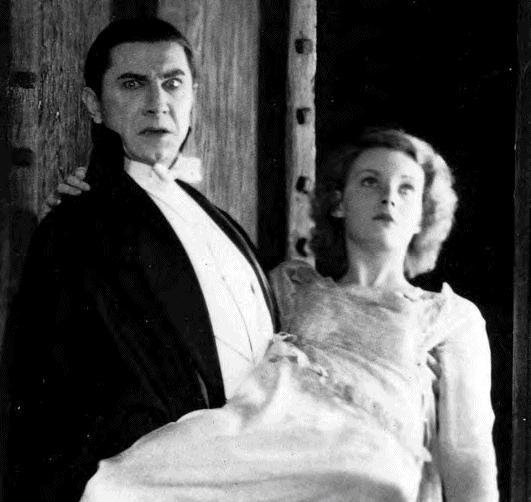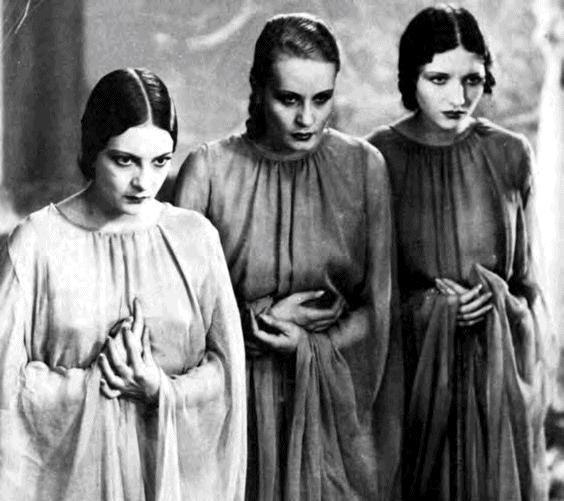Jack Pierce - The Man Behind the Monsters (2 page)
Read Jack Pierce - The Man Behind the Monsters Online
Authors: Scott Essman

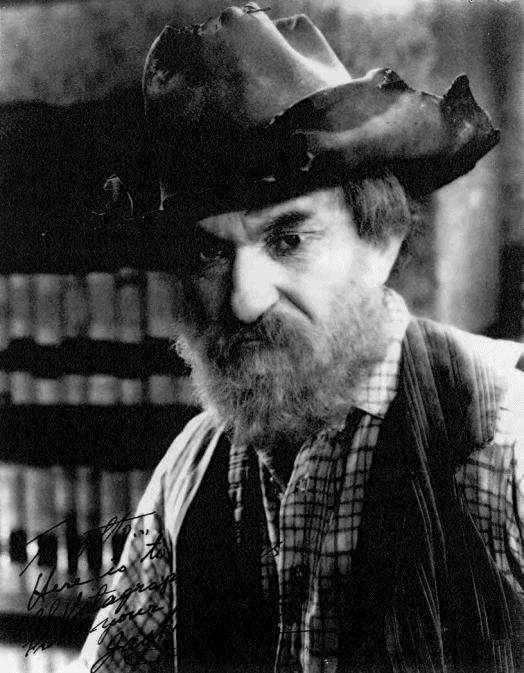
first significant makeups
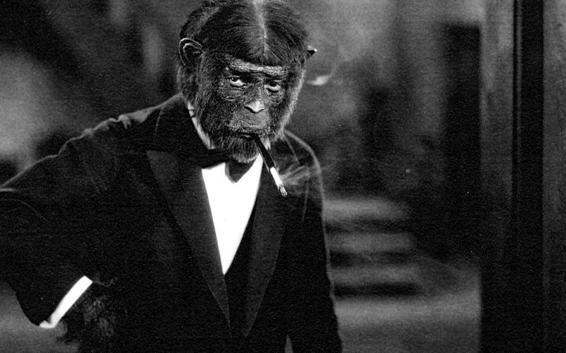
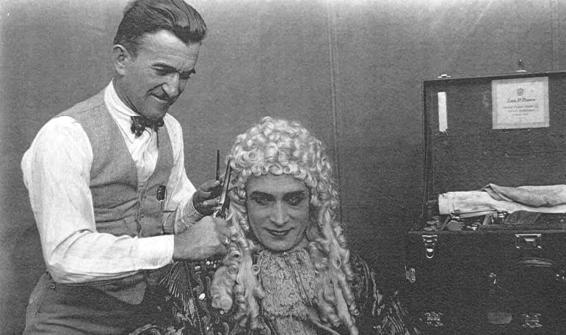

BIll Fox, founder of Fox Pictures, who later merged with 20th Century Films to form
20th Century Fox
Studios. In 1926, his studio gave Jack Pierce his first key makeup job.
In 1928, Universal brought Jack Pierce back to his home studio when they put a film into production that was originally intended as a Lon Chaney vehicle. Although Chaney was ultimately unable to participate, Carl Laemmle Sr. finally planned to shoot a big screen version of Victor Hugo’s “The Man Who Laughs.” Shepherded by Laemmle’s son, 20-year-old associate producer Carl Laemmle Jr., Universal’s
The Man Who Laughs
told the tragic story of Gwynplaine, the victim of an aristocratic dispute who has had a wicked grin carved into his face. In place of Chaney, the Laemmles used fellow German Conrad Veidt, the star of
The Cabinet of Dr. Caligari
. In Pierce, Laemmle Sr. realized that he had the in-house talent to realize the demands of the Gwynplaine makeup. Pierce’s conception (below and opposite below) suggests a pathetic but demonic figure, and the lavish film set new standards for its costume design (by Vera West) and production values. In Veidt, Pierce had the perfect material from which to create his magic; Bob Kane’s conception of The Joker in the
Batman
comics owes much to Pierce’s Gwynplaine makeup. One can only speculate what Pierce and Veidt might have concocted if the latter had been cast in the many Universal monster vehicles to come, but the actor, sensing the introduction of sound to motion pictures, returned to Germany where his thick accent would not inhibit his career. Nonetheless,
The Man Who Laughs
stands as an early example of excellence in an actor-makeup artist collaboration.
Jack Pierce’s skills as a makeup artist were gaining attention in the mid-1920s. Although the struggling actor, now in his mid-30s, managed to get regular work in Hollywood, his skills as a cameraman and assistant director were more in demand than his abilities as a performer. Rather, it was the characters that he managed to create for himself — using techniques similar to those of his friend and mentor Lon Chaney — that were intriguing to filmmakers in the heart of the silent era. Ironically, though he had called Universal City an adopted home since the mid-1910s, Pierce got his first significant job as a makeup artist “over the hill” at Fox Pictures in 1926. Determined to achieve a realistic simian character for the film
The Monkey Talks,
presiding studio boss Bill Fox convinced Universal to loan Pierce to his enterprise for the project. Pierce worked diligently to create a believable animalistic ape appearance for actor Jacques Lernier (opposite top). Seizing his first major makeup opportunity and undertaking one of his first chances to apply makeup to someone
else’s
face, Pierce and Lernier worked to develop the chimpanzee-man, utilizing a muzzle, ears, hairpieces, and other materials for his hands and eyebags. So successful was Pierce’s execution of the character that his career reputation was cemented with this one film. From now on, Jack Pierce was a makeup artist, creating characters and applying makeups on other actors. His fortunes as an actor may have soured, but Pierce found his true calling with
The Monkey Talks
. When the film was released in the spring of 1927, many reviews took particular note of Pierce’s superb makeup concept and Lernier’s realistic appearance.
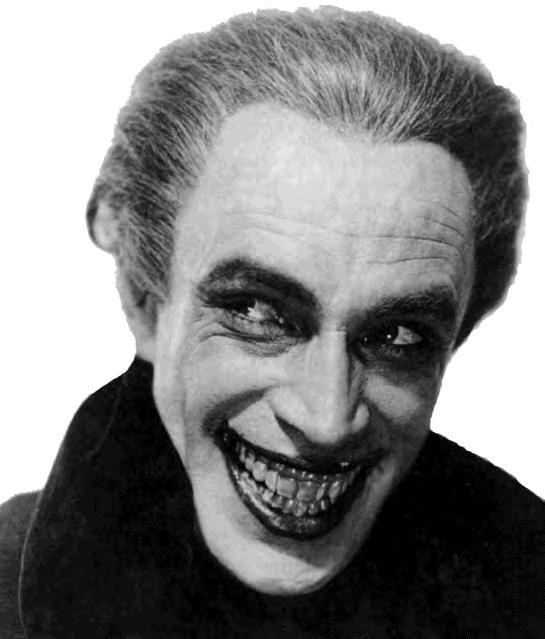
the laemmle era
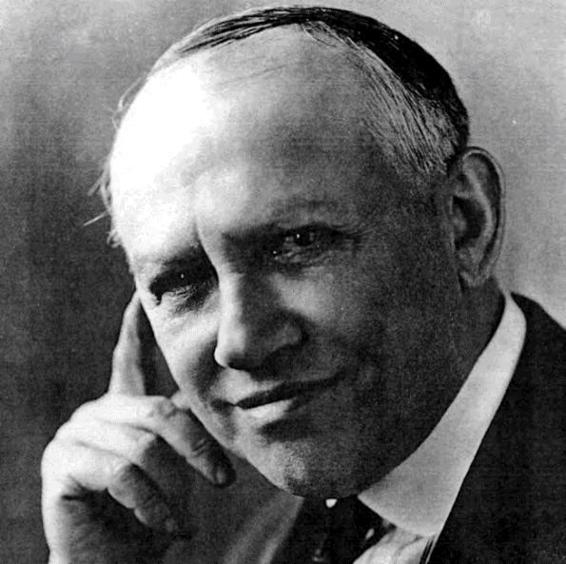
When Jack Pierce received the following letter on official Universal Pictures Corporation stationary on August 6, 1928, his immediate future was filled with incredible possibility:
“Dear Mr. Pierce -
May I take this means of expressing my sincere appreciation for your earnest cooperation during the production of “The Last Warning.” Hoping we will be associated again real soon.
Cordially yours, Carl Laemmle, Jr.”
As the new head of production at the studio on the occasion of his 21st birthday, Junior Laemmle — as he was called by the Universal regulars — soon made Jack Pierce, age 39, Universal’s department head of makeup. For Pierce, this title was only half of the opportunity he was given; upon the success of
The Man Who Laughs
Junior announced his decision to make movies out of the classic horror novels and Junior gave Pierce free reign to apply his skills to the development of characters for these projects. First on the list was
Dracula,
which had enjoyed a run as a successful stage adaptation of the Bram Stoker classic in 1927. At first, Junior and Senior Laemmle wished to cast the premiere “horror” star of the time, Lon Chaney, though by the late 1920s, Chaney had been well-established as a great deal more than a horror film star. However, in the summer of 1930, Chaney died, in effect creating an opening for Jack Pierce to forge his own name as a makeup artist, albeit one who created characters on other actors. Eventually, the Laemmles would make Jack Pierce their key player in the regular production of the many horror films which Universal would release in the early and mid-1930s.
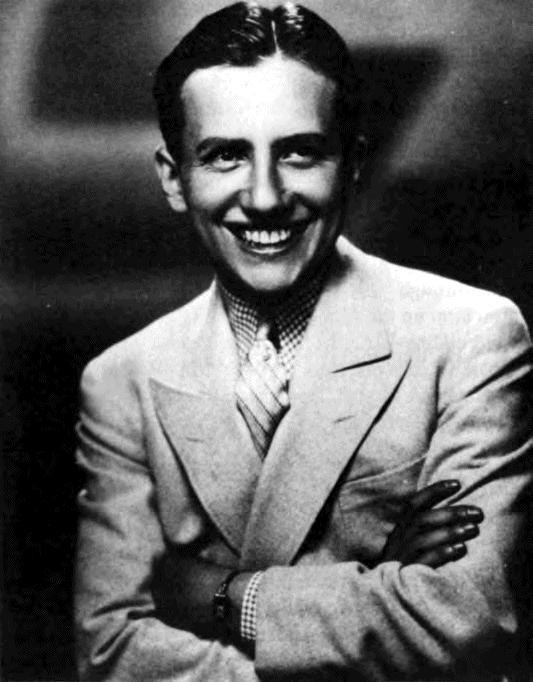
dracula
